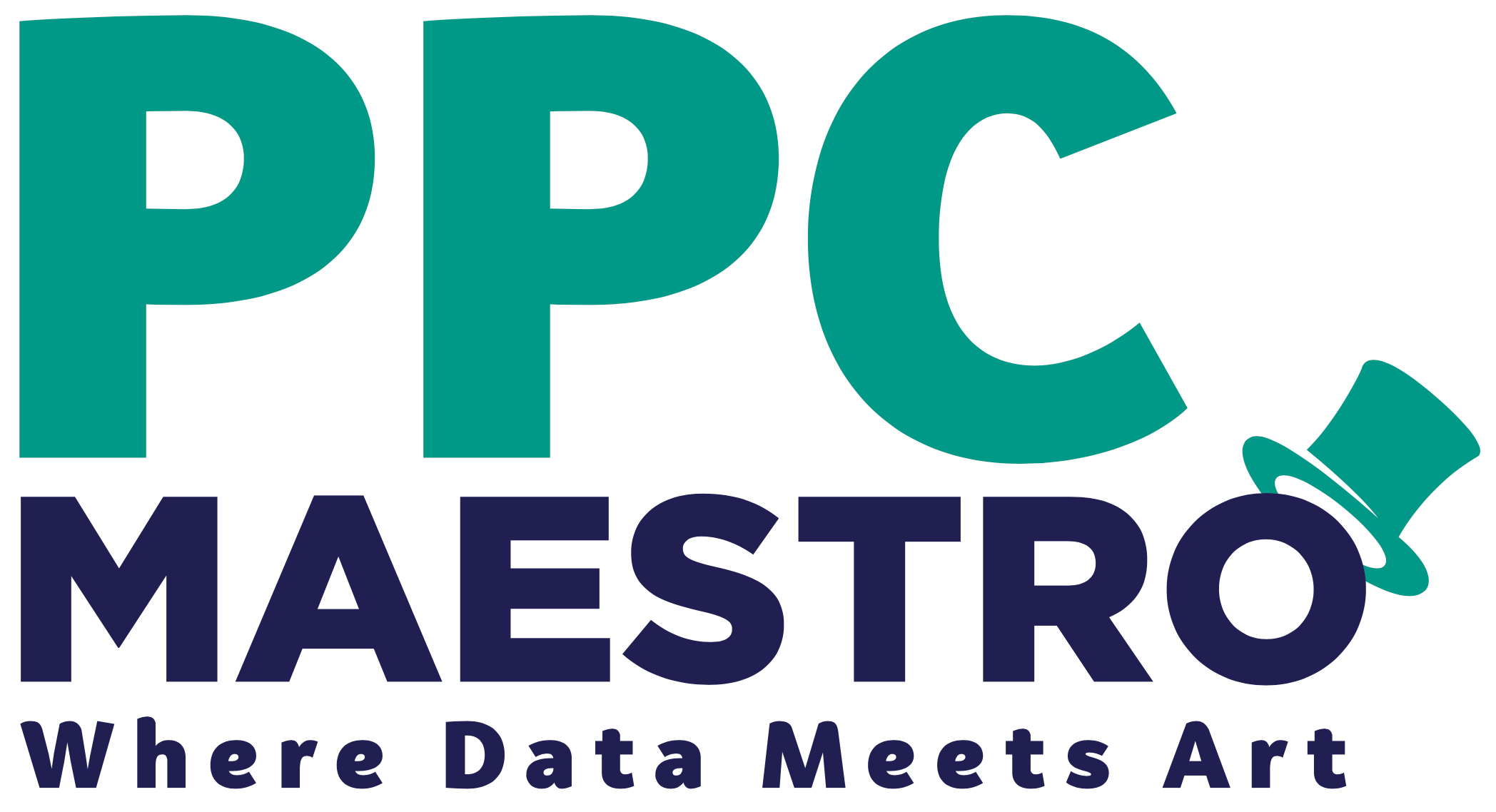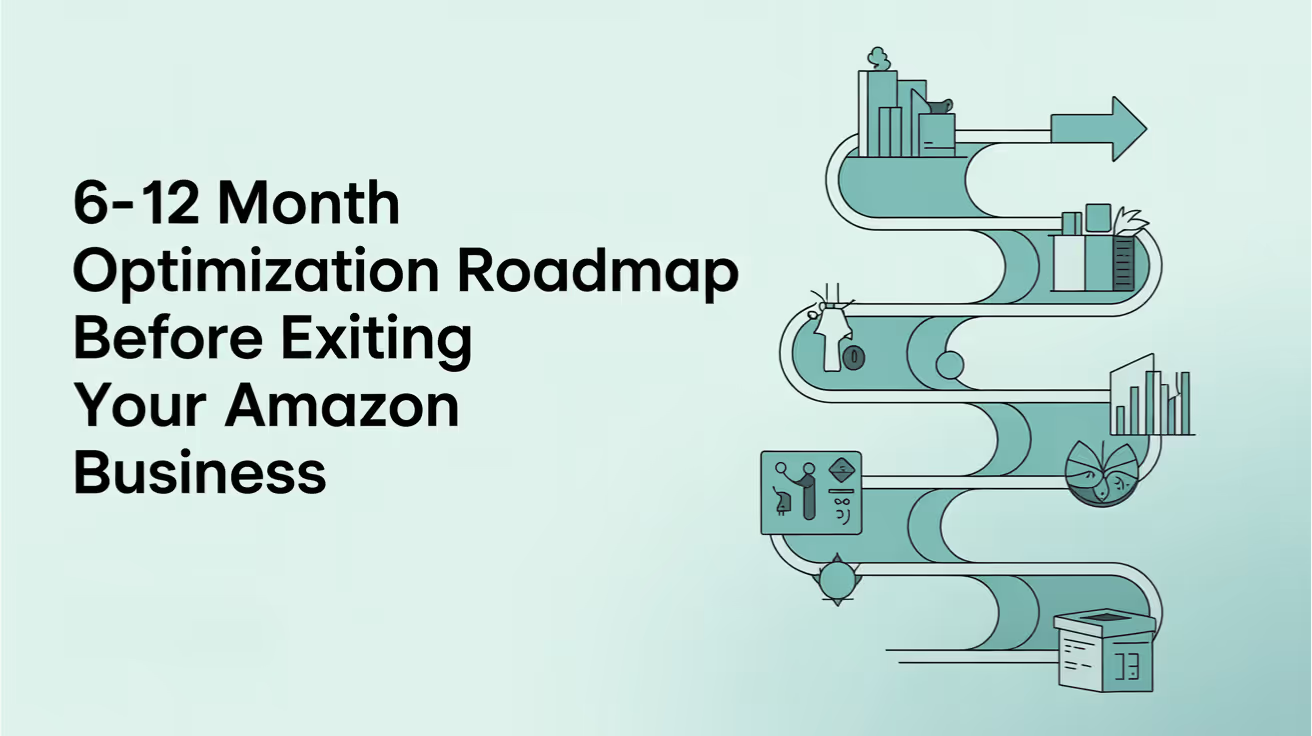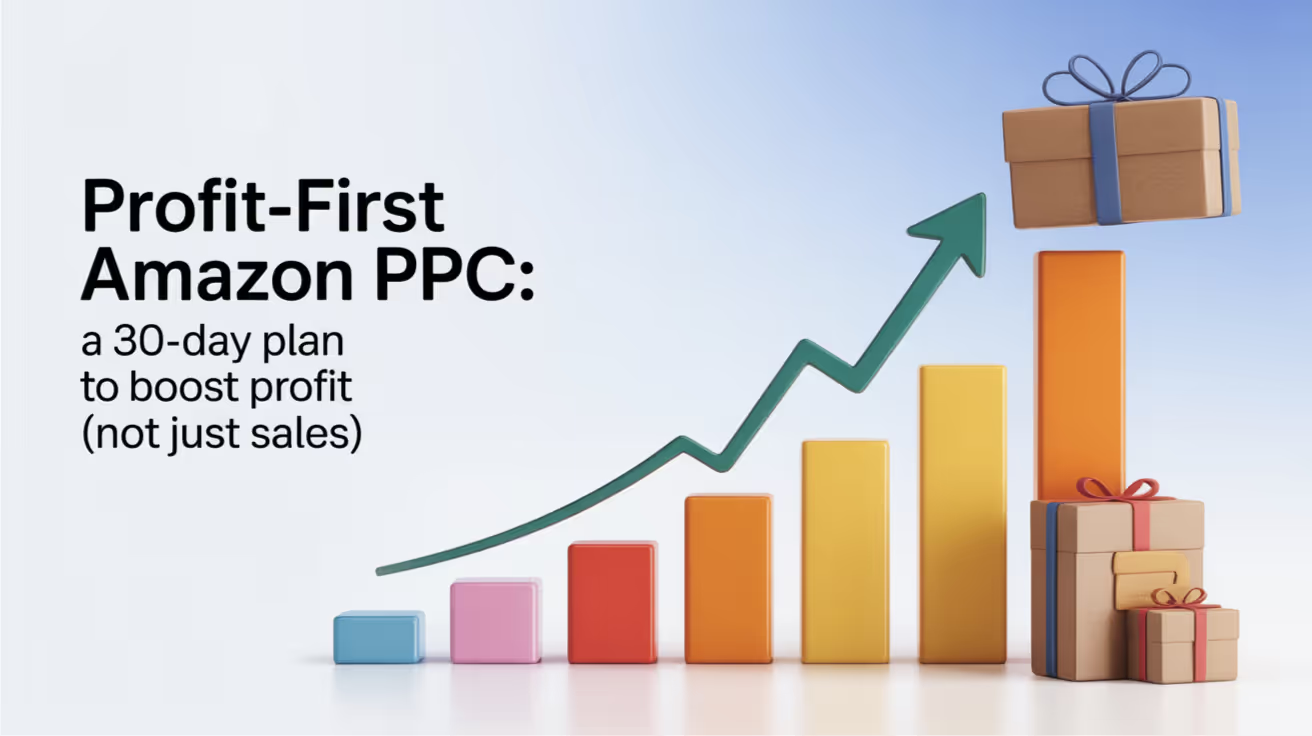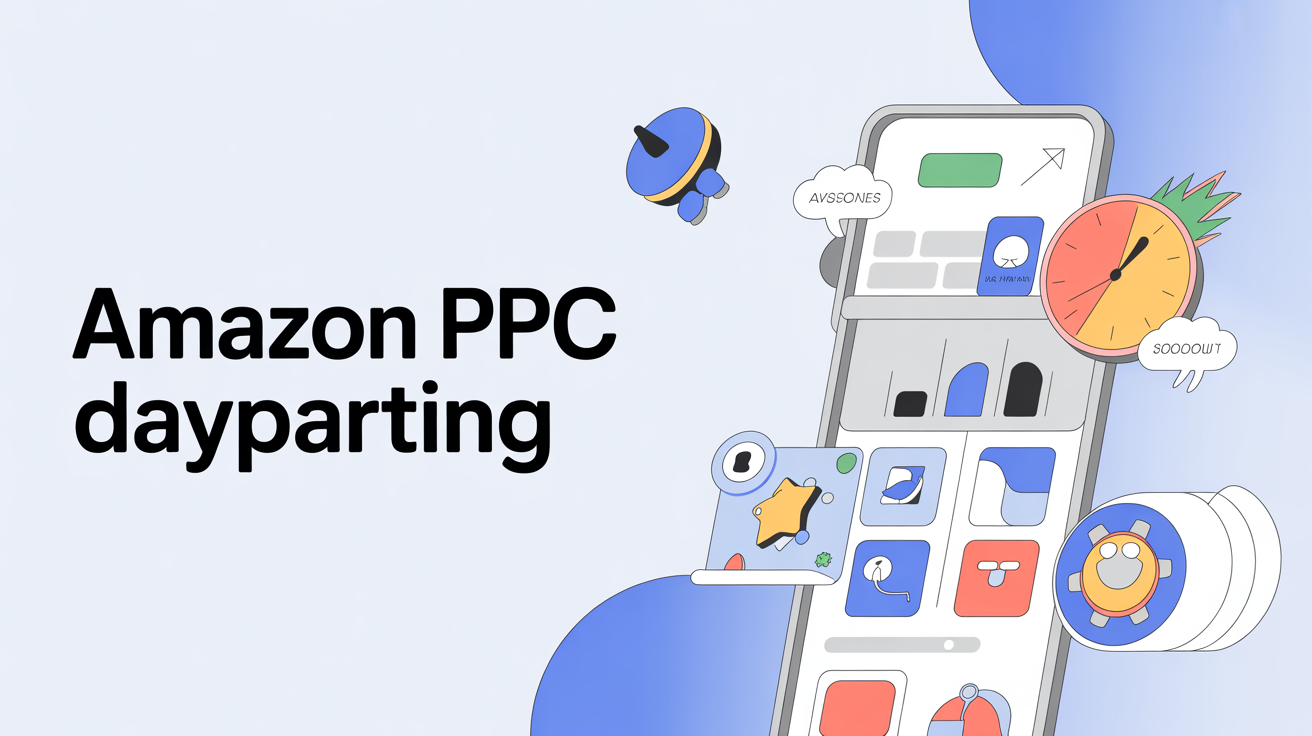When planning your exit, Amazon PPC Exit Planning should be a top priority. Most sellers overlook how inefficient ad spend directly lowers EBITDA and, ultimately, their business valuation.
Amazon PPC exit planning directly impacts your business valuation by affecting EBITDA. Cutting wasted ad spend by $10,000 monthly adds $120,000 to annual profit, potentially increasing your exit valuation by $300,000+ at a 2.5x multiple. Optimizing PPC 6-12 months before selling maximizes your payout.
Why Amazon PPC Exit Planning Matters for FBA Sellers: The $300k Mistake Most Sellers Make Before an Exit
You’re planning to sell your Amazon business in the next 12–24 months, but without Amazon PPC Exit Planning, you could be leaving hundreds of thousands on the table.
You've built something real. Seven figures in revenue. Maybe more.
But here’s what most sellers miss: without a solid Amazon PPC Exit Planning strategy, your PPC account could be quietly destroying your valuation instead of boosting it.
I audited an account last quarter for a seller prepping for exit. $528k in annual ad spend. Clean P&L. Good growth trajectory.
But $186k was wasted spend.
That's not just lost profit for this year. That's a quarter-million dollars left on the table at exit.
Because buyers don't just look at your revenue. They're buying your EBITDA (Earnings Before Interest, Taxes, Depreciation, and Amortization). And wasted ad spend kills EBITDA faster than anything else.
That’s why Amazon PPC Exit Planning is crucial long before you list your business for sale.
How Buyers Value Your Amazon Business
Most FBA businesses sell for 2.5x to 4x their annual EBITDA.
Some hit 5x if the fundamentals are pristine and growth is predictable.
Here's the math that matters:
Annual EBITDA × Multiple = Your Exit Value
If your business generates $300k in EBITDA and sells at a 3x multiple, you walk away with $900k.
Increase that EBITDA to $400k? Now you're looking at $1.2M.
That extra $100k in profit just put $300k in your pocket.
And the fastest path to higher EBITDA? Cut wasted ad spend.
Your PPC Account Is Either Building or Burning Your Exit Value
Every dollar you waste on Amazon PPC is a dollar you’ll never see at closing — and that’s exactly why Amazon PPC Exit Planning matters.
Buyers scrutinize ad efficiency. They want to see:
Predictable ACoS trends (not wild swings month to month)
Low TACoS (Total Advertising Cost of Sale under 15% is ideal)
Documented systems (not you manually tweaking campaigns at midnight)
I've seen deals fall apart because the PPC account was a mess. Buyers get spooked when they see inconsistent performance or ad spend that looks like guesswork.
One client came to me six months before his planned exit. TACoS was 22%. No negative keyword strategy. Search term reports hadn't been touched in months.
We cut wasted spend by $14k monthly. Dropped TACoS to 13%. Documented the entire system in an SOP.
His business sold for $380k more than the initial broker estimate.
That's the power of treating your PPC account like an asset instead of an expense.
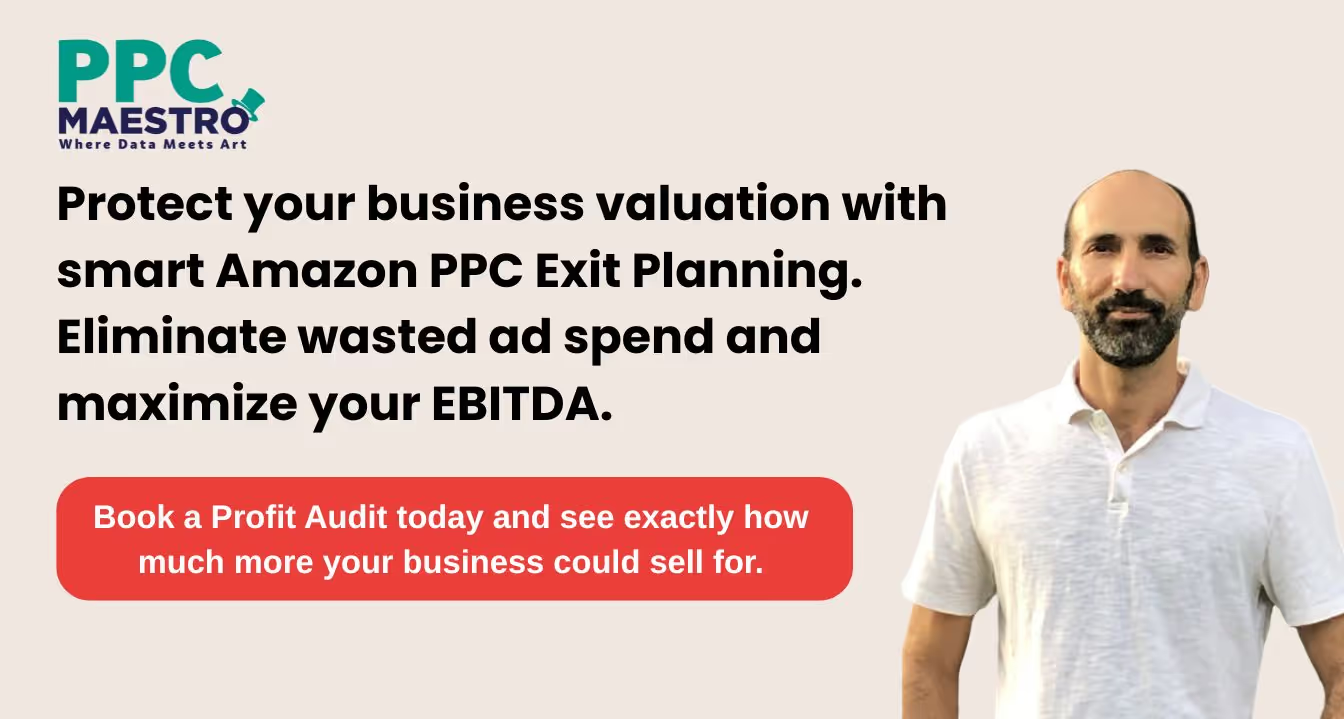
The EBITDA-to-Valuation Formula Every Seller Needs to Understand
Let's make this concrete with real numbers.
Say you're spending $15k monthly on Amazon ads. Your current profit margin after ad spend is tight.
Now imagine we audit your account and find $5k in monthly wasted spend:
Broad match keywords bleeding money
Auto campaigns with no negative keywords
Placements that never convert
We eliminate that waste. Your profit increases by $5k per month.
Monthly Profit Increase: $5,000
Annual Profit Increase: $60,000
Valuation Multiple: 3x (conservative)
Added Exit Value: $180,000
That's $180k more in your pocket at closing—from PPC optimization alone.
And if you're at a 4x multiple? That's $240k.
This isn't theory. This is how deals actually work.
Before diving into the actionable steps, remember that effective Amazon PPC Exit Planning begins months before your target exit date.
3 PPC Moves to Make Before You Exit

If you're serious about maximizing your payout, start optimizing now. Not three months before you list. Now.
Here are the three moves that matter most:
1. Lower TACoS Without Killing Growth
Buyers want to see efficient growth. Not expensive growth.
If your TACoS is above 18%, you're leaving money on the table.
But you can't just slash ad spend and hope for the best. That kills velocity, which tanks your organic rank, which craters your valuation.
The play: eliminate wasted spend while protecting high-performing campaigns.
Start with your search term reports. Pull the last 90 days. Identify terms that have spent more than $50 with zero sales.
Add them as negative keywords immediately.
Then audit your placements. Top of search usually converts. Rest of search and product pages? Often a waste.
Cut the fat. Keep the muscle.
2. Invest in Branded Campaigns to Defend Your Sales
Buyers love branded traffic.
It's cheap. It's defensible. It signals customer loyalty.
If competitors are bidding on your brand terms and you're not defending them, you're handing away margin.
Run a Sponsored Brand campaign targeting your exact brand name and common misspellings.
Keep ACoS low (aim for 10-15% on branded).
This protects your sales and shows buyers you're not vulnerable to brand poaching.
3. Document Stable ACoS Trends (Buyers Crave Predictability)
Wildly fluctuating ACoS scares buyers.
They want to see that you've got a system. That results are repeatable. That they're not inheriting a dumpster fire.
Pull your last 12 months of ACoS data by campaign type:
Sponsored Products
Sponsored Brand
Sponsored Display
If you see huge swings (30% ACoS one month, 55% the next), that's a red flag.
Buyers will discount your valuation or walk entirely.
The fix: stabilize your campaigns now. Set bid rules. Add negatives consistently. Let the data smooth out over six months.
By the time you're in due diligence, you want a story that looks like this:
"Our ACoS has been stable at 28-32% for the past year. We've systematically eliminated wasted spend, and our PPC is now profitable on a standalone basis."
That's the story that gets you a premium multiple.
Why You Need to Start 6-12 Months Before Exit
Here’s the hard truth: you can’t fake PPC efficiency in the final stretch — and you definitely can’t rush Amazon PPC Exit Planning in the last few months.
Buyers will review 12-24 months of historical data.
If your ACoS suddenly drops from 45% to 25% in the last two months, they'll assume you nuked campaigns to juice the numbers.
And they'll either discount the valuation or demand seller financing to cover the risk.
The smart play is to start optimizing now—even if you're 18 months out from listing.
Give yourself time to:
Clean up your campaign structure
Build negative keyword lists
Stabilize ACoS trends
Document your systems
This isn't about tricking anyone. It's about showing up to the negotiating table with a business that's actually worth what you're asking.
What Happens If You Ignore PPC Before Exit?
I'll tell you exactly what happens.
You list your business with a broker. Buyers start digging into your numbers.
They see inflated ad spend. Inconsistent ACoS. No documentation.
One of three things happens next:
They lowball you. Your business is worth $1.2M on paper. They offer $900k because the PPC account is a liability.
They demand seller financing. "We'll pay full price, but you carry 30% of the risk for two years in case ad performance tanks."
They walk. Too much uncertainty. Too much work to fix. They move to the next deal.
I’ve watched this play out too many times. Sellers who ignore Amazon PPC Exit Planning until the last minute always—always—leave money on the table.
Sellers who ignore PPC until the last minute always—always—leave money on the table.
A strong Amazon PPC Exit Planning process always includes a detailed pre-exit audit.
The Pre-Exit PPC Audit
If you're planning an exit in the next 12-24 months, the smartest move you can make is a pre-exit PPC audit.
We'll pull your last 12 months of data and answer the questions buyers will ask:
How much wasted spend is hiding in your account?
What's your true profit potential after optimization?
What do your ACoS trends look like, and are they defensible?
What documentation gaps will scare off buyers?
Then we'll build you a six-month roadmap to get your PPC account exit-ready.
Because here's the thing: every month you wait is another month of profit you're leaving on the table—and potentially another $50k-$100k off your final valuation.
Want to see what your PPC account is really worth? Try my free Wasted Ad Spend Calculator or schedule a free Profit Audit to find out exactly how much you're losing—and how much more your business could sell for.
Works Cited
No external citations were used in this article. All insights are based on proprietary audit experience, client case studies, and industry-standard valuation methodologies (EBITDA multiples for Amazon FBA businesses). General knowledge about Amazon PPC optimization and business valuation practices informed the content without requiring specific source attribution.
Frequently Asked Questions
Q1: How does Amazon PPC Exit Planning affect my business valuation? Amazon PPC directly impacts your EBITDA (earnings before interest, taxes, depreciation, and amortization), which buyers multiply by 2.5x-4x to determine your business value. Cutting $10k in monthly wasted ad spend adds $120k to annual profit, potentially increasing your exit valuation by $300k or more. Efficient PPC means higher profit margins and a premium multiple.
Q2: When should I start optimizing PPC before selling my Amazon business?
Start optimizing your Amazon PPC 6-12 months before listing your business for sale. Buyers review 12-24 months of historical data, and sudden improvements look suspicious. Give yourself time to stabilize ACoS trends, eliminate wasted spend, document systems, and build a defensible story that justifies a premium valuation multiple.
Buyers scrutinize TACoS (Total Advertising Cost of Sale), ACoS consistency, wasted ad spend, and campaign documentation. They want TACoS under 15%, stable month-to-month ACoS trends, and proof you have systems in place—not manual campaign management. Inconsistent or inflated ad metrics can kill deals or trigger valuation discounts.
Q4: Can I improve my valuation by cutting ad spend right before exit?
Slashing ad spend before exit is a red flag. Buyers will see through sudden ACoS drops and assume you sacrificed growth or manipulated numbers. Instead, eliminate wasted spend strategically while maintaining velocity. Focus on negative keywords, placement optimization, and branded defense—moves that improve efficiency without tanking organic rank or sales volume.
Q5: How much more can I get for my Amazon business with optimized PPC? The impact varies by account size, but eliminating $5k-$10k in monthly wasted spend typically adds $180k-$360k to your exit valuation at a 3x multiple. Larger accounts with $20k+ in monthly waste can see $500k-$1M in added value. The key is starting early, stabilizing performance, and entering due diligence with clean, defensible PPC metrics.
Strategic Amazon PPC Exit Planning isn’t just about trimming ad costs — it’s about building a business that commands a premium exit valuation.
